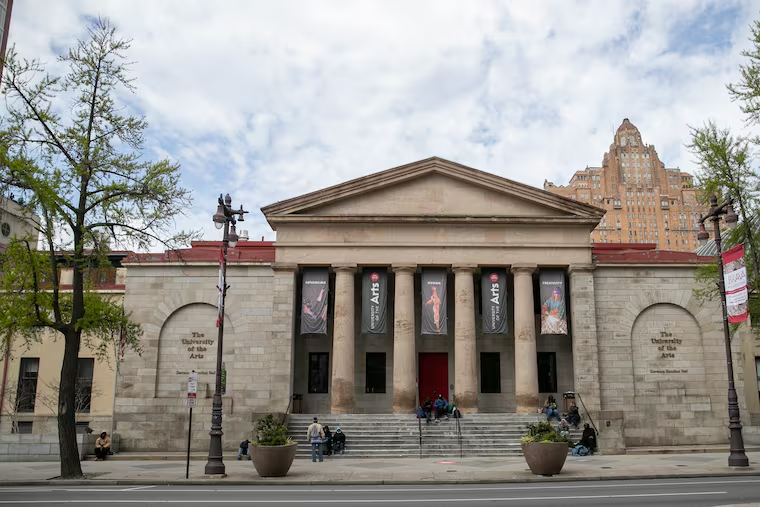Former UArts buildings’ historical significance revealed, clarifying their status as landmarks.
The recent closure of Philadelphia’s University of the Arts has prompted a significant shift in the future of two of the city’s historical architectural treasures—Hamilton Hall and Furness Hall. With the acquisition of these buildings by Scout, a Philadelphia-based design and development firm, there is a potential for their rejuvenation into a hub that supports studios, small businesses, nonprofits, and artist residences. This endeavor raises hopes among advocates for the city’s architectural preservation, though it inherently calls for a deep respect for the historical and cultural significance embedded within these structures.
Hamilton Hall, originally designed by architect John Haviland in 1826, was established as a facility for the Pennsylvania Institution for the Deaf and Dumb, now known as the School for the Deaf. The evolution of the institution saw Hamilton Hall extended to incorporate Furness Hall, designed by Frank Furness, with completion reaching 15th Street in 1875. The resultant structure is noted for its distinct architectural combination—a Greek Revival facade seamlessly integrated with Gothic elements, serving as an illustration of the educational philosophy that “Deaf children learn through their eyes.”
The original setting of Haviland’s design symbolized an early commitment to accessibility to visual stimuli. As urban development encroached over the years, the School’s leadership, particularly figure William Welsh, advocated remaining within the urban milieu. He argued that the visual diversity of city life was essential for the students’ development, compelling the institution to benefit from both the vibrancy of the city and the architectural ingenuity of Furness.
Furness’s enhancements, notably the nine ventilating stacks, served both functional and aesthetic purposes. Rather than relegating these elements to mere utility, he showcased them through ornate designs, celebrating the essence of fire and air that formed the heart of the structure. He modified Haviland’s Greek temple into a cultural theater, ultimately inviting city life into the educational experience of its students.
Despite functional modifications over the years, including the removal of character-defining balconies, these concepts of engaging architecture remain relevant. Architect Frank Lloyd Wright and Louis Kahn later drew upon similar ideals in their notable works, indicating the lasting influence of Furness’s principles in architectural discourse.
As Scout begins its stewardship of Hamilton Hall and Furness Hall, the challenge lies not just in the restoration of these structures but also in honoring their rich architectural legacy. The potential for revitalizing these spaces into a vibrant creative community is an opportunity that could foster the city’s cultural heritage while highlighting the interconnection of humanitarian values with imaginative design that defines Philadelphia’s architectural narrative.







